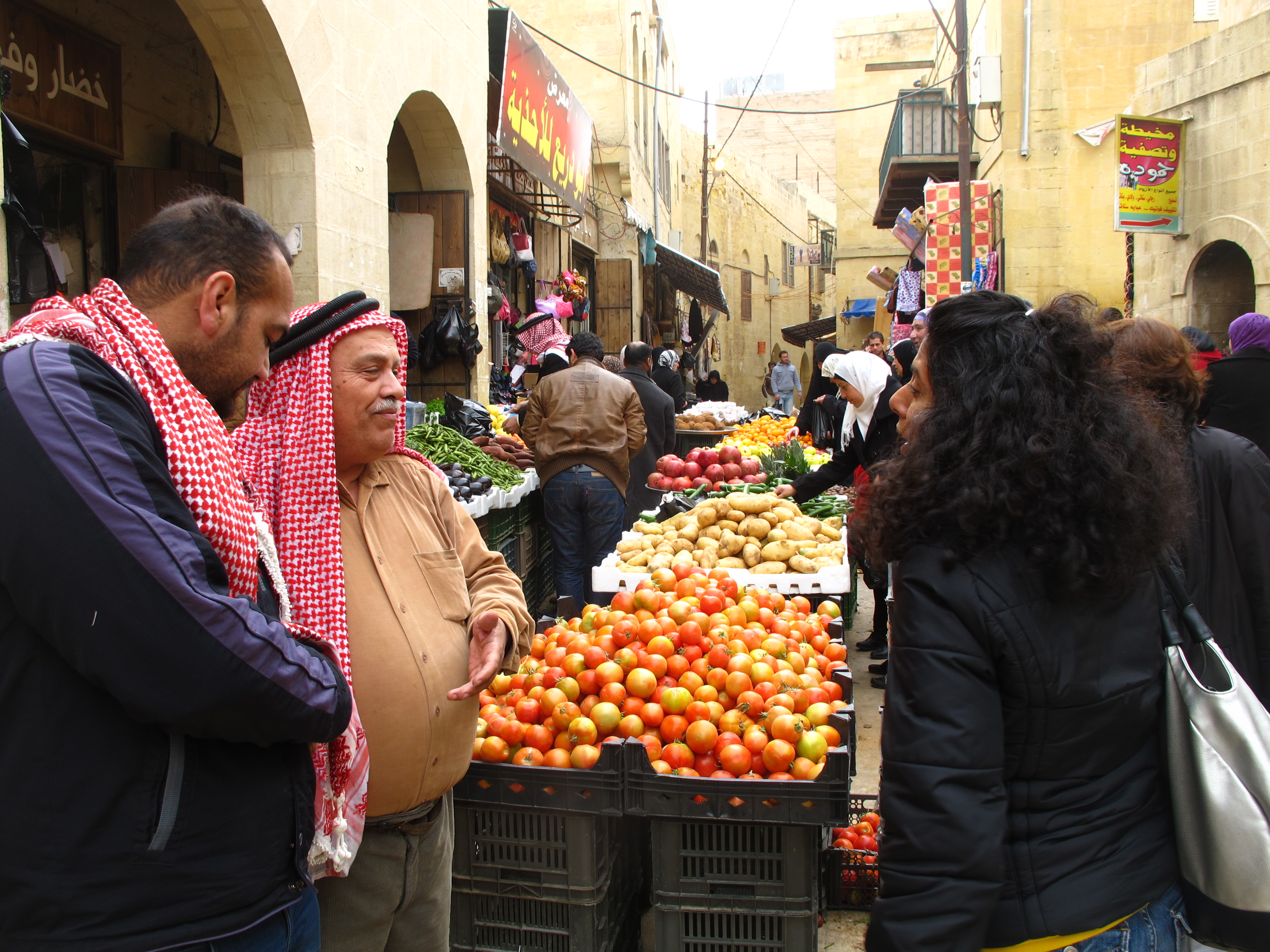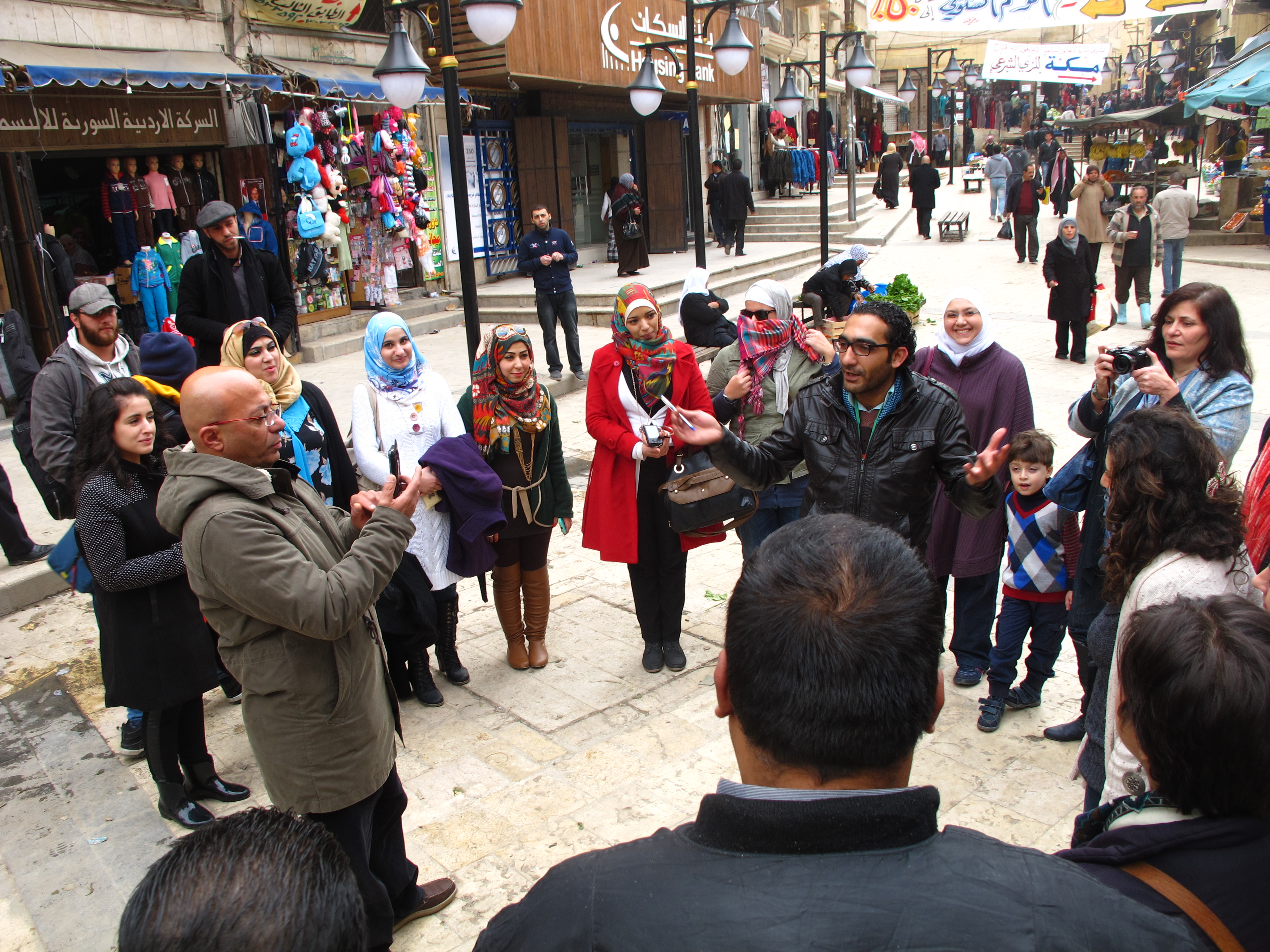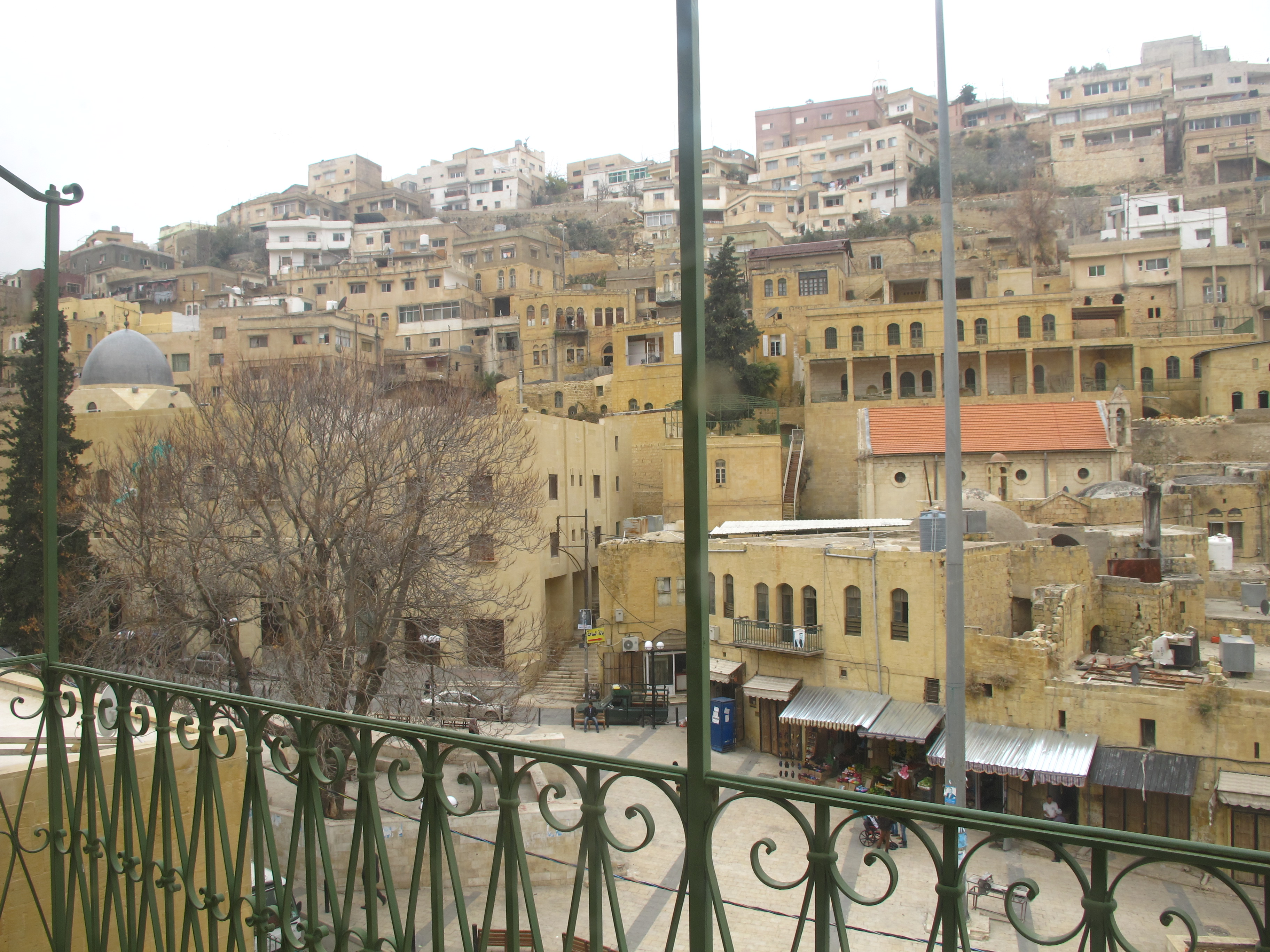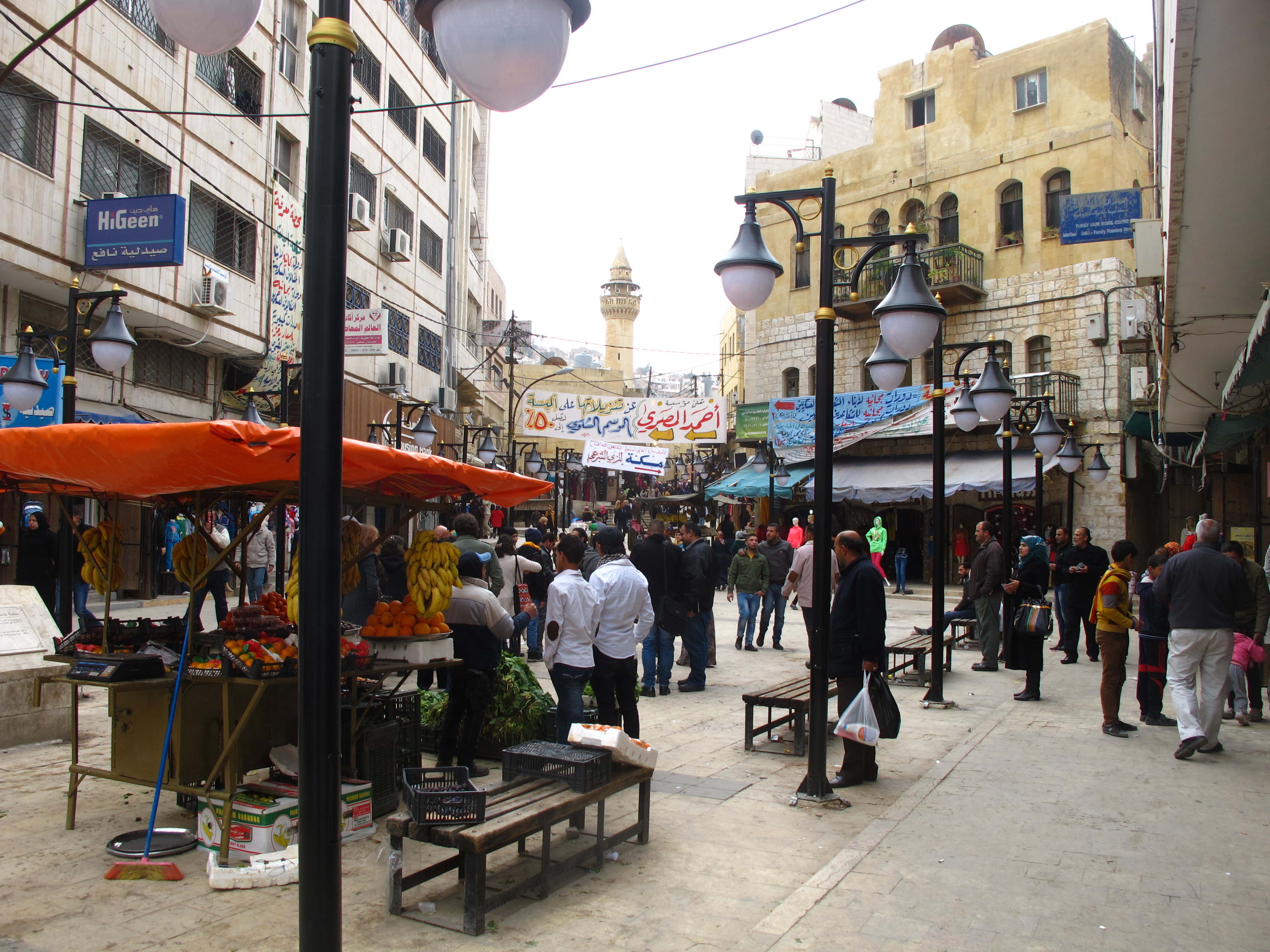How do I even begin to express how deeply inspiring it was to attend the HIV and Law Project closing ceremony this Saturday at the Balad Theater? It may sound strange to some, but for me, nothing is more valuable these days than witnessing people in my community break the silence on injustice in society. Especially the types of injustices we inflict upon each other everyday through pre-judgment and discrimination.
I’ve never really thought about the kind of stigma attached to those living with HIV or AIDS, but apparently it is as harmful as the virus itself. The way our society perceives those with HIV and AIDS isolates already vulnerable people from accessing basic privileges, rights, and social acceptance. Common knowledge is plagued with misinformation on how the virus is contracted and transferred, creating irrational fear of people living with HIV and AIDS.
In many ways, these were the main findings of the HIV & Law Project, that stigma causes more suffering than the actual disease. An infographic based on the research conducted throughout the project aims to dismiss common myths with more concrete medical and legal evidence.
Personally, I have been thirsting to hear such words of empathy, hospitality, and kindness as uttered on that stage. It was a shared message, spoken by patients, doctors, lawyers, filmmakers, and musicians, calling out together against social stigmas of all kinds, reminding us that we are all people worthy of life. Their truth moved me to tears; the kind that cleanses your insides from pain that you had forgotten was there.
I honestly believe that we all have so much healing to do, physically, mentally, emotionally, and spiritually, both individually and collectively. As a society of wounded people, we’ve learned to hide our scars and suffer our pain in silence. But how can we heal what we don’t acknowledge? We can’t hide behind ignorance, because ignoring the problem won’t make it go away. From experience, most problems stick around until they become so bad that we just can’t ignore them anymore.
I’ll leave you with the words that resonated deepest with me, although they are merely a weak translation, “I do not have a name. I am no one and everyone. I cannot exist if you are not allowed to exist.”
Dina Bataineh – Ahel Taghmees
كيف لي أن أبداء بالتعبير عن مدى تأثري بحضوري للحفل الختامي لمشروع القانون والإيدز يوم السبت ١٢/٢١ في مسرح البلد؟ قد يستغرب البعض عن ما سوف أعبر عنه، ولكن ما لا يقدر بثمن عندي هذه الأيام هو رؤية آفراد في مجتمعنا يهزون عرش الصمت ويتحدثون عن بعض من أشكال الظلم الأجتماعي الموجودة فيه وبالأخص ما نمارسه من إصدار للأحكام المسبقة على بعض والتمييز في المعاملة.
لم يخطر في بالي قط الوصمة الإجتماعية القاتلة الذي تمارس على الأشخاص المتعايشين بفيروس نقص المناعة المكتسبة، وصمة مؤذية كما هو الفيروس. بهذه الوصمة التي ينظر بها مجتمعنا على الأشخاص الحاملين للفيروس وللمصابين بالإيدز، فإننا نقوم بعزل من هم بأمس الحاجة للإهتمام ليتمكنوا من الإستمرار في الحياة، بالإضافة الى أننا نقوم بسلبهم أبسط حقوقهم بوجودهم بيننا. كمية التشويه والجهل بالمعلومات المرتبطة بالإصابة بالفيروس ونقله خلقت نوعا من الخوف الغير مبرر للأشخاص المصابين بالفيروس والإيدز.
الوصمة تقتل وتخلق معاناة أكبر من الفيروس نفسه، كانت من أهم النتائج لمشروع القانون والإيدز. مخططات للمعلومات البيانية تم تقديمها بشكل مبسط من قبل فريق العمل لرفض الخرافات الشائعة وتقديم بدلا منها الأدلة الطبية والقانونية لنرى ونفهم ونفكر ونقول لا للوصمة الإجتماعية.
كانت روحي عطشى لسماع مثل هذه الكلمات والمواقف المشحونة بالأحاسيس والتعاطف والتقبل التي تم التعبيرعنها على المسرح. كانت رسالة مشتركة عبر عنها مرضى وأطباء ومحامين وصنّاع أفلام وموسيقيين كلهم يدعون ضد التمييز الإجتماعي بأشكاله المختلفة ويذكروننا بأننا جميعا أشخاص نستحق بأن نعيش.
أنا أعتقد بأننا بحاجة لنتعافى جسديا وذهنيا وعاطفيا وروحيا بشكل فردي وجماعي. كمجتمع مكون من أفراد مجروحين، تعلمنا بأن نخفي جراحنا ونعيش آلامنا بصمت. وكيف لنا أن نتعافى من ما لا نعترف به؟ لا يمكن لنا أن نختبئ خلف جدران الجهل ظنا منا بان تجاهل المشكلة سوف يجعلها تذهب. من خبرة، معظم المشاكل تبقى موجودة وتتفاقم ونصل الى مرحلة بحيث لا نستطيع تجاهلها.
سوف أترككم مع بعض من الكلمات التي تركت صدى عميق بداخلي “ليس لي إسم. أنا لا أحد وكل أحد. لا أستطيع أن أعيش اذا لم يسمح لك بأن تعيش”
دينا بطاينة – أهل تغميس
(ترجمة: ريف فاخوري)





